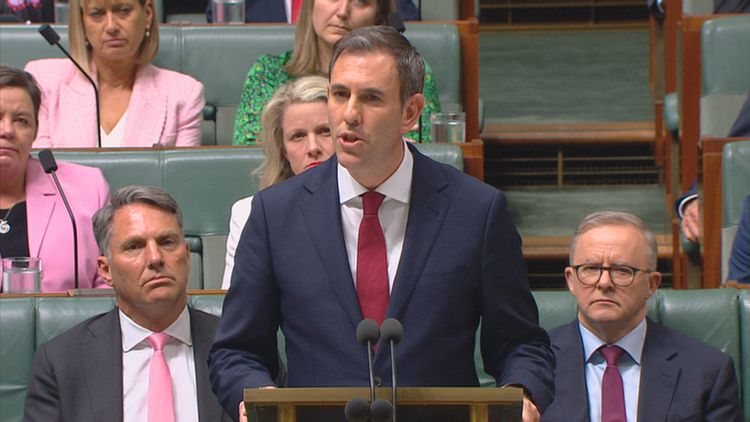New families score upgrades to parental leave, childcare subsidies
New families and prospective parents are big winners in Labor’s first federal budget in nearly a decade, with major boosts to parental leave and childcare.
Paid parental leave will be expanded by six weeks through to 2026-27, with two more weeks being added in each financial year – from 20 in 2023-24 to 26 in 2023-27.
Both parents will be able to share the leave, and from July 2023, they can even split it day-by-day.

TWO-MINUTE GUIDE: What you need to know
They can also take paid leave on the same days.
Single parents will have access to the full allotment.
Eligibility will also be expanded with the introduction of a $350,000 family income test.
A MILLION HOMES: The ambitious housing affordability scheme
WHAT IT MEANS FOR YOU: The budget for everyday Aussies
Currently, paid parental leave is available for 18 weeks for the birth parent, while their partner is only eligible for two weeks.
Partner pay can also not currently be taken in conjunction with employer paid leave, which will change under the government’s new rules.
The government claims the new rules, backed by a $531.6 million investment, will benefit over 180,000 families each year.
CHEAPER MEDICINES: PBS co-payment slashed from January 1
Childcare to be more affordable
And when the kids are older, the government says, it will be easier for them to access early childhood care and education.
A $4.7 billion investment over four years from 2022-23 aims to make it more affordable for 96 per cent of families.
The vast majority of that package – $4.6 billion – will increase child care subsidies for families earning less than $530,000.
CLIMATE CHANGE: The plan to tackle disasters and boost EV funding
THE BUDGET FOR WOMEN: What’s in there?
From July 2023, the subsidy will lift from 85 per cent to 90 per cent for families with a combined income of less than $80,000.
That subsidy will drop by one per cent for each additional $5000 of annual income, until it ticks down to zero at $530,000.
For example, a couple with a combined income of $120,000 would receive an 82 per cent subsidy, up from the current 71 per cent.
WHAT YOU MIGHT HAVE MISSED: The budget’s hidden quirks
The ACCC, the consumer watchdog, will also undertake a 12-month inquiry into what drives childcare prices, along with a commission into improving affordability.
The government suggested a 90 per cent universal subsidy could also be on the table.
A further $33.7 million over the same four years willl go towards providing First Nations children with a minimum of 36 hours a fortnight of subsidised early education and care from July next year.








